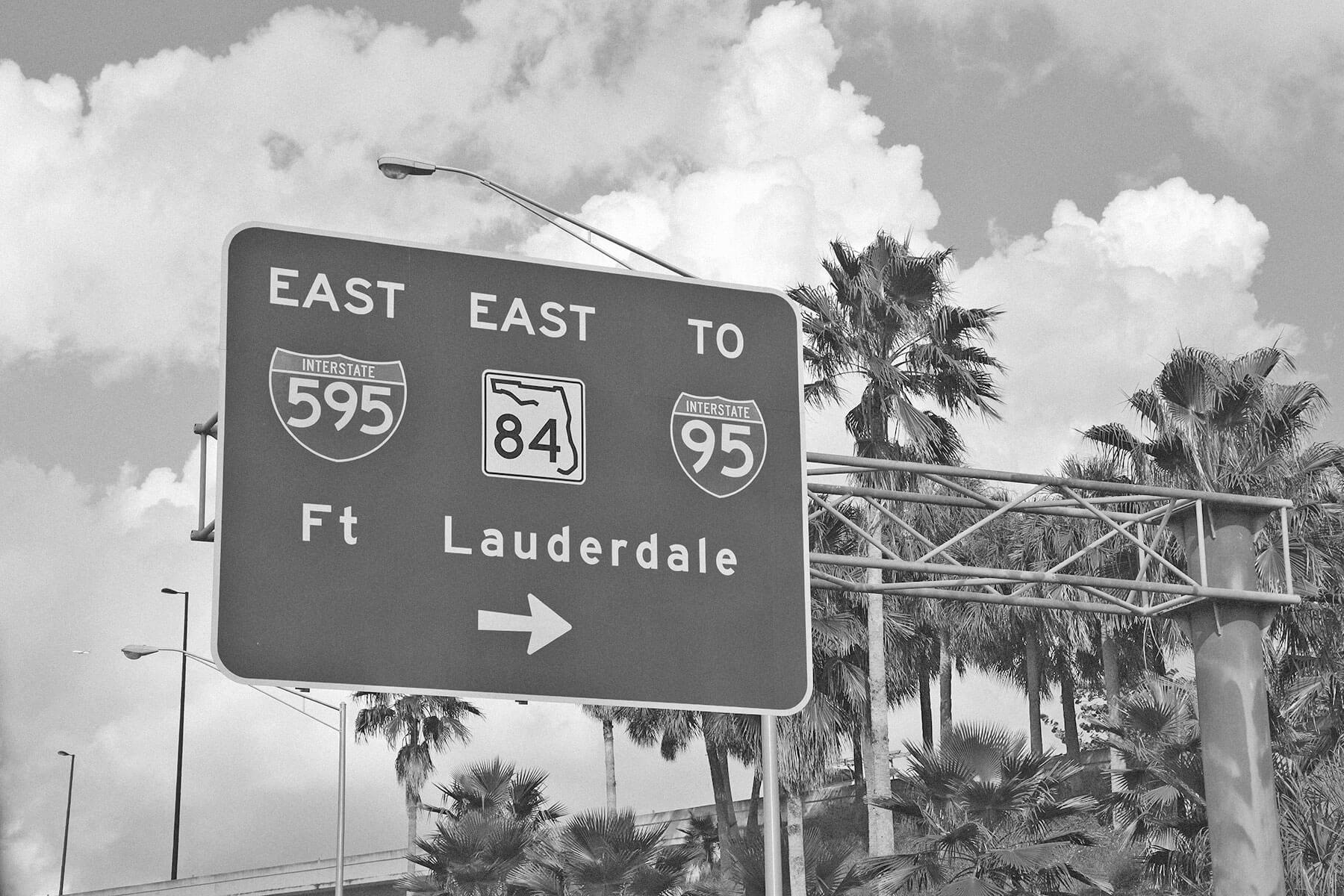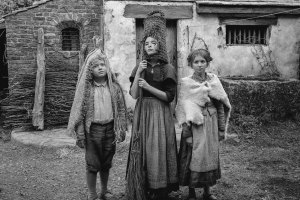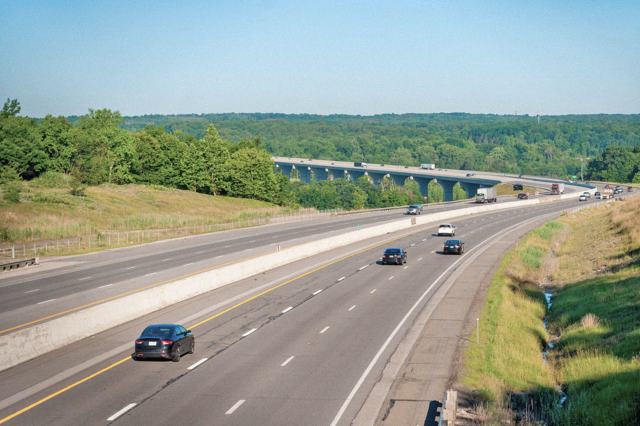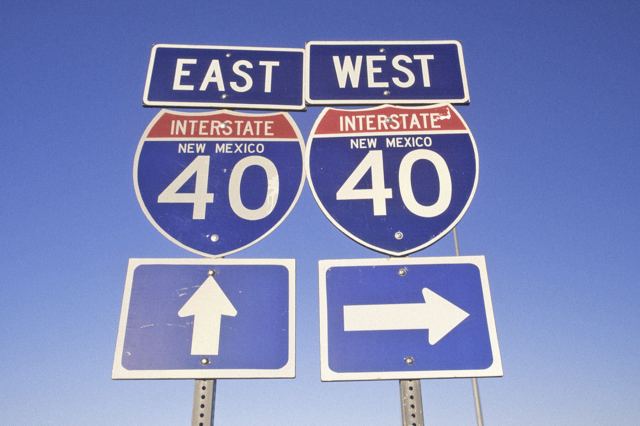6 Highways That Shaped America
In 1903, a Vermont doctor named Horatio Nelson Jackson drove from San Francisco to New York in a Winton touring car and became the first person to traverse the United States in an automobile. At the time, there were no more than 150 miles of paved road in the country, mostly concentrated within cities. The path that Jackson traveled was along rivers, mountain passes, flatlands, and the Union Pacific Railroad, and what roads he did encounter between cities were, in his description, “a compound of ruts, bumps, and ‘thank you m’ams’ [sic].” The trip took 63 days, 12 hours, and 30 minutes, but it inspired auto companies and other early car adopters to arrange trips of their own, sparking demand for long-distance highways.
The first automobile highways weren’t construction projects, and were referred to as “auto trails.” They were essentially suggested routes made up of existing thoroughfares, conceived of by private associations and codified with names such as Lincoln Highway, Victory Highway, National Old Trails Road, and so on. The associations marked the trails with signs or logos, and promoted the improvement of the routes, sometimes collecting dues from towns and businesses. Eventually, the U.S. government grew wary of the proceedings, and proposed the construction of a paved and nationalized numbered highway system. The proposal was adopted on November 11, 1926.
The numbered highways were a marked improvement over the auto trails, but nearly 30 years after their adoption, Congress approved the Federal-Aid Highway Act of 1956, revolutionizing the highway system by building 41,000 miles of interstate roads. The interstates repurposed existing numbered highways, connecting and extending them for greater efficiency, and these roads are to this day our main mode of distance auto travel. Let’s look at when some of the country’s biggest and most vital interstates were built.





















